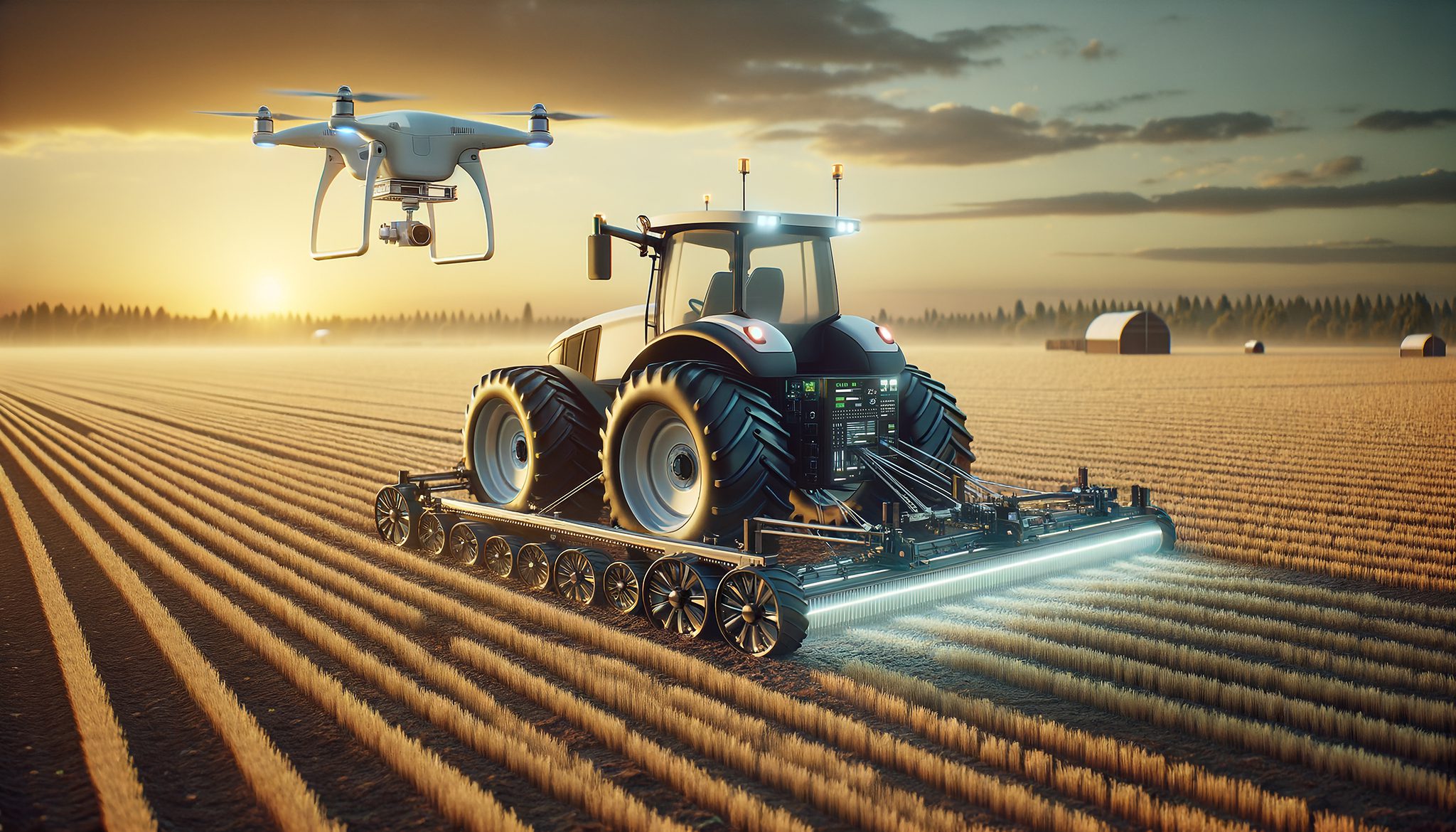Barriers Beyond Connectivity Stand in Front of Precision Ag
Randy Sukow
|

The major barrier to wide adoption of precision agriculture over the years has been the lack of broadband and wireless service in rural areas, but as broadband service spreads, other barriers are becoming more apparent. The Government Accountability Office listed some of these barriers in Precision Agriculture: Benefits and Challenges for Technology Adoption and Use.
“While precision agriculture technologies, such as variable rate fertilizer applications and yield monitoring, have been available since the 1990s, only 27 percent of U.S. farms or ranches used precision agriculture practices to manage crops or livestock, based on 2023 U.S. Department of Agriculture (USDA) reporting,” GAO reports.

According to USDA, farmers do not tend to buy implements from a single manufacturer but have vehicles and tools from a variety of companies. It is currently up to the farmer to determine whether a new implement’s communications hardware and software will interoperate with existing systems. “Additionally, a lack of interoperability could also create compatibility and data quality issues and impede broader adoption of precision agriculture technologies,” the report finds.
Universities have been publishing academic papers about potential precision ag systems standardization for decades. “However, existing organizations involved in standard setting may not include all stakeholders, with some hesitant to accept standards created without their input,” according to the report. Standards that win wide support in the field might require cooperation from broadband and wireless communications networks, electronics manufacturers, farm implement manufacturers, software developers, agricultural experts, government agencies and others.
A potential legal barrier is the question of who owns the data farmers gather through precision ag systems. Systems that gather huge amounts of data from the field over time might not be useful unless the farmer can share data with an extension service or other experts for analysis. The report refers to developers that are building artificial intelligence modules based on farm-level data.
How does the farmer protect that data from cybersecurity threats? Could a competitor use that data against the farmer? The type of farming involved and the level of competition the farmer faces could influence the decision to invest in precision ag. “While some farmers may worry about competitors having access to and using their data for a competitive advantage, some farmers are ambivalent or may not be concerned about sharing data if the technology is benefiting their operation,” the report says.
Cost is always a concern. “Large and advanced farm equipment, such as combines or tractors equipped with the latest technologies, can cost hundreds of thousands of dollars,” GAO said. “Many smaller farms are unable to afford such equipment.” Farmers also pay substantial costs for any necessary repairs.
The report finds that the larger the farm operation, the greater the chance that it is adopting precision ag technologies. At present, the challenges for smaller operations appear to be insurmountable.
Finally, the connectivity issue, while improving is not solved for large portions of the country. “This especially affects farmers in the specialty crops and livestock and dairy industry—those who might benefit more than those using row crop applications,” the report finds.


